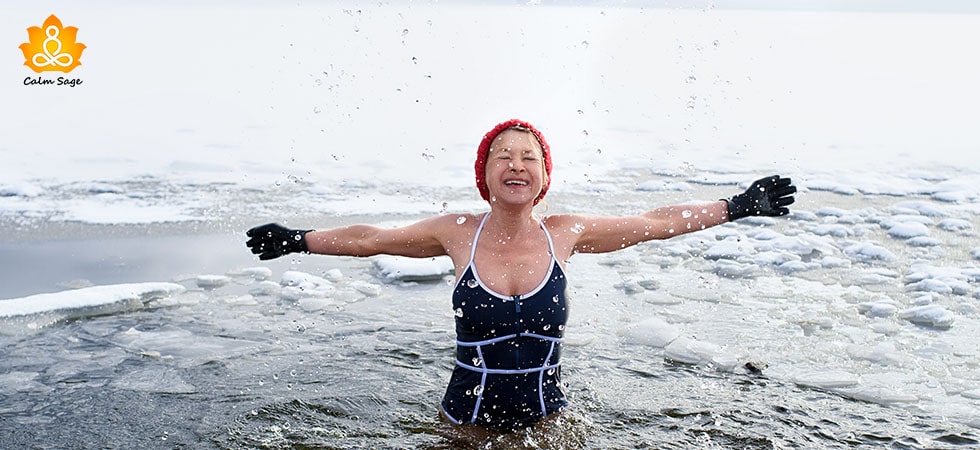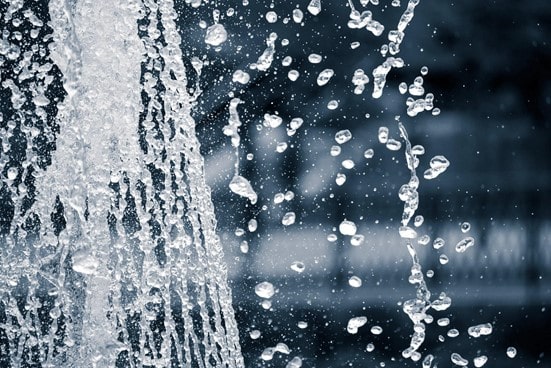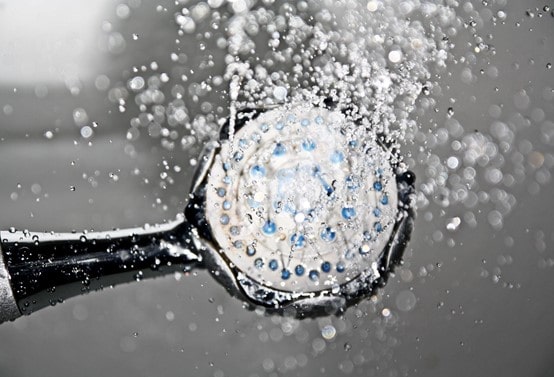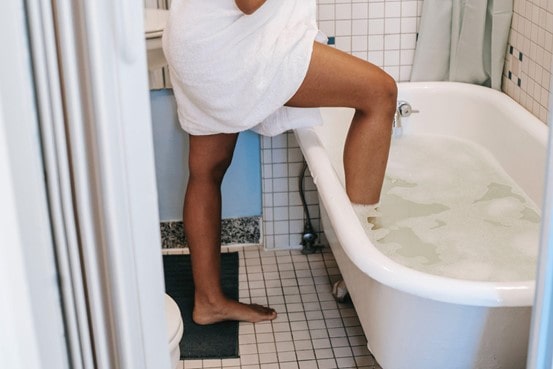Exploring the Healing Benefits of Cold-Water Therapy

When I first heard this line in the song “Let It Go” from Frozen, I knew I found my favorite line ever! I have always loved winters – the cold days, the cozy nights I can have, and most of all, the warmth I can wrap myself around – but there’s one thing I never liked about the season.
Yes, the dreaded thing – taking a shower! When I was young, in my teens, I used to struggle a lot with waking up and leaving the warmth of my blanket in the winter (I still do!), so my mom suggested a solution. Cold baths! I know, sounds barbaric, right? But I soon realized the benefits of a cold bath.
I would wake up quickly, feel energized, and surprisingly refreshed enough to begin my day without a delay. Even now, when I’m struggling to find energy – mental or physical – a quick cold bath helps me chase away the fatigue. This brings me to this natural therapy approach that has been practiced for centuries to improve overall health. Cold water therapy!
This ancient practice involves immersing yourself in cold water to reap many health benefits. This practice has gained a lot of attention in recent years, and for good too! Various scientific studies are figuring out how this cold-water therapy has the potential to refresh the body and mind.
And that’s what we’re exploring in this article. So, let’s begin!
What is Cold Water Therapy?

Cold water therapy, also known as hydrotherapy or cold immersion therapy, is when you deliberately expose or immerse yourself in cold water for therapeutic purposes. This can range from taking cold showers to ice baths and from outdoor swims in chilly lakes to running in extremely cold temperatures.
While the practice seems quite intimidating (and barbaric, to me!), psychotherapists argue that this therapy can offer a lot of benefits for your overall health and well-being. And I’m not talking just about the physical health benefits either.
Let’s take a look at what benefits cold water therapy has to offer.
Benefits of Cold-Water Therapy

Now, speaking from experience, I can tell you that taking a cold-water bath can be refreshing and quite effectively shut down your thoughts, but it can also help reduce the stress and anxiety that builds up in your mind and body throughout the day. Apart from that, let’s see how cold-water therapy benefits you;
1. Better circulation and immunity:
Exposure to cold water can stimulate blood flow and improve circulation, which can aid in reducing inflammation and promote the delivery of nutrients to our body. Moreover, cold water exposure can strengthen immunity by activating immune cells.
2. Better mental clarity and mood:
Cold water therapy can also be linked to the production of happy hormones, specifically endorphins, and norepinephrine – the neurotransmitters associated with better mood and increased clarity. Cold water therapy can also trigger a meditative-like response, helping you feel more grounded in the present moment.
3. Reduces stress:
When you expose yourself to cold water – bath or shower – the shock your body receives can activate the sympathetic nervous system aka the “flight or fight response”. But, regular exposure to cold water therapy can help you control the response. Eventually, it can lead to lower levels of stress.
4. Better performance and recovery:
Did you know that athletes have used cold water therapy and cold-water immersion to promote muscle recovery and reduce soreness? Well, it’s because cold water exposure can constrict blood vessels and reduce inflammation and swelling in joints.
5. Improved metabolism:
Cold water exposure can also help stimulate brown fat, a type of fat that burns calories to generate heat. This is known as thermogenesis and the process can contribute to an improved metabolism. It is also believed that cold water therapy can potentially help weight management.
How Does Cold Water Therapy Work?

Cold water therapy works through physiological responses that are triggered by the body because of cold water exposure. When you’re exposed to cold water, your blood vessels constrict to conserve heat and core body temperature. This process improves blood circulation and flushes out waste products from tissues.
Cold exposure therapy stimulates the release of hormones such as endorphins and norepinephrine – also known as natural pain relievers. These hormones can boost your mood, focus, relieve you from pain, and improve your well-being.
When you immerse yourself in cold water, your heart rate increases. This leads to better cardiovascular functions over time.
If you want to reap the benefits of cold exposure therapy, then here are some ways you can try it out.
1. Warm to cold showers:
You can take a warm shower and after a few minutes, switch to cold temperatures. You can do this gradually. There’s no rush!
2. Skip the warm-up:
If you want to try cold exposure therapy, then you can try skipping warm-up and go straight to a cold shower. This can be good for when you’ve just woken up or after a good workout.
3. Try an ice bath:
You can also take an ice bath by adding ice to your bath water. The ideal temperature for an ice bath should be between 50 °F and 59 °F (10 °C and 15 °C). You can stay in the ice bath for 10–15 minutes only (especially if you’re trying it for the first time)
4. Consider natural water bodies:
You can also consider going for a swim in a cold-water body – be it a lake or an ocean. Make sure you follow the safety tips carefully, consult with a professional, and take an adult companion with you before doing this.
Safely Practicing Cold Water Therapy…

It’s important to use cold water therapy with caution and pay attention to safety tips before, during, and after practicing cold exposure therapy to prevent any risks. Here are some tips to keep in mind when practicing cold water therapy;
- If you’re new to this therapy, begin with shorter exposure times and less intense cold temperatures. You can gradually increase exposure as your body adapts to the temperature.
- Consult with a professional if you have any underlying conditions that can be aggravated due to cold exposure, especially cardiovascular issues.
- Keep yourself sufficiently hydrated because cold water exposure can cause dehydration. Ensure that you drink enough water before and after your cold exposure therapy.
- If you’re trying cold exposure therapy for the first time, then ensure that you choose a safe location. If you’re at home, then make sure there’s another adult present and if you’re trying natural water bodies, then make sure they are safe and clean. Avoid strong currents and contaminated water bodies.
- Listen to how your body responds to cold water exposure. If you experience discomfort, numbness, or dizziness, stop the therapy immediately and consult a professional.
- Make sure you warm up after cold water exposure. Warm up gradually using dry clothes and warm beverages like tea and warm water to prevent a drop in your body temperature.
Wrapping Up
Cold water therapy, while an ancient practice, has been recognized as an effective approach to improving your overall health – mental and physical health. From better blood circulation and mood to muscle relaxation and stress reduction, there are many benefits of cold exposure therapy.
Understanding our physiological response to cold and practicing cold exposure safely can help you explore the healing benefits of cold water and heal your wounds with a holistic approach.
Know that while the chill of cold exposure can be refreshing and helpful, it’s important to keep the safety tips in mind and listen to your body and how it reacts to cold. If you feel any discomfort, immediately quit cold water therapy and reach out to a professional for help.
I hope this article helped you understand what cold-water therapy is, how it works, cold-water therapy benefits, and how you can practice this therapy safely. Let me know what you think about this therapy in the comments below.
Take Care and Stay Safe!




















